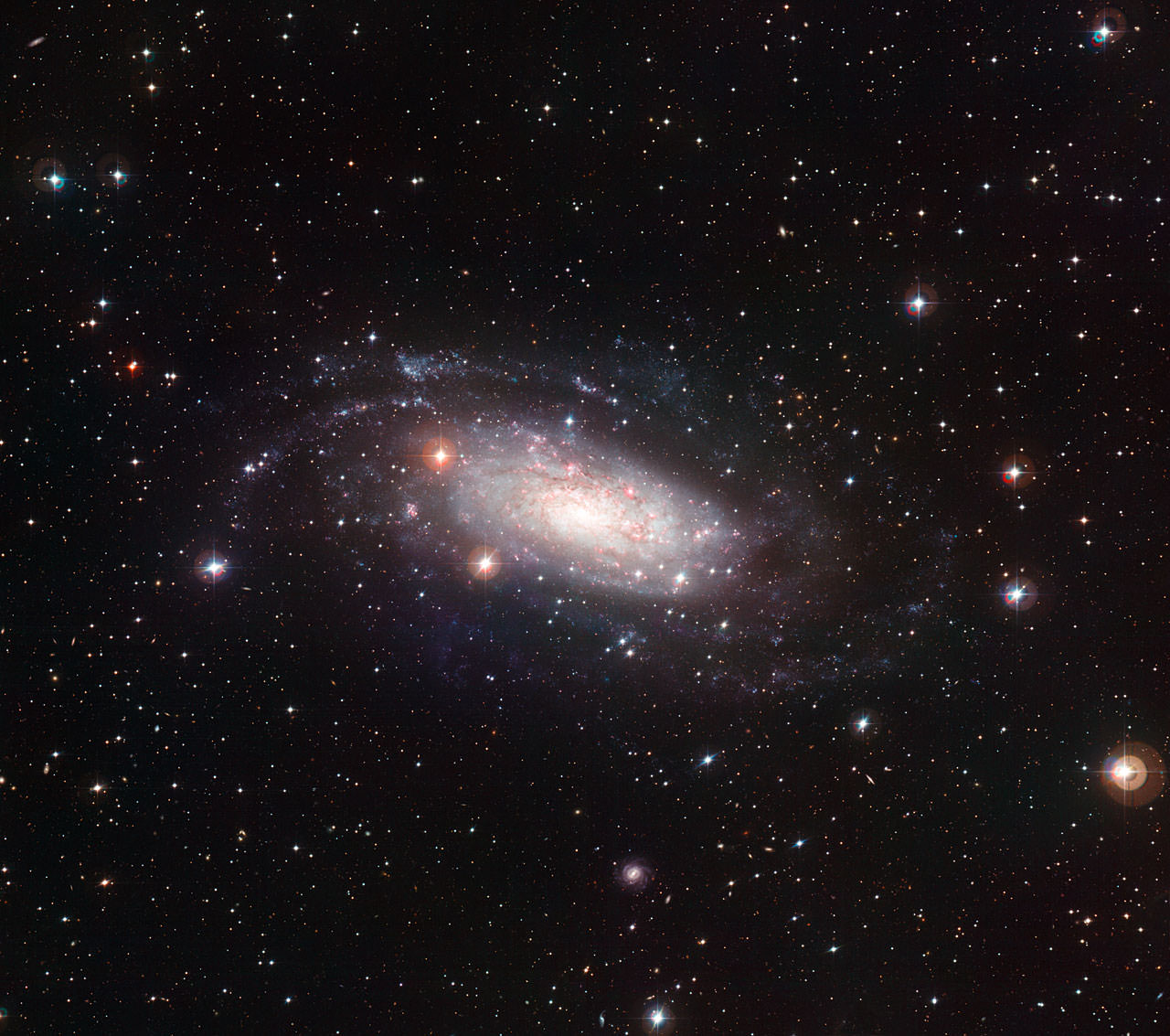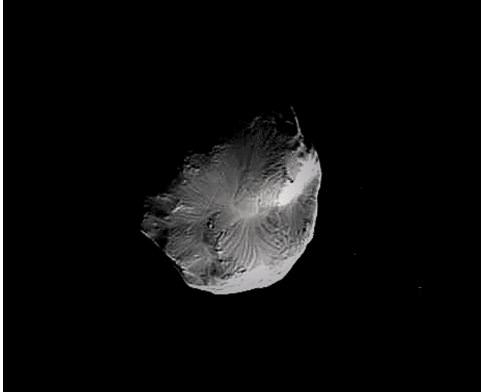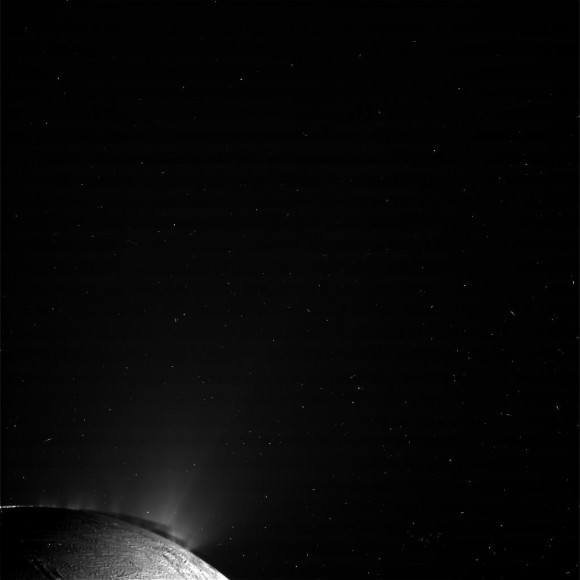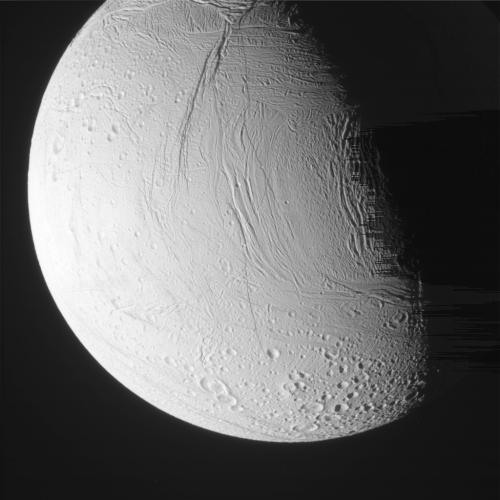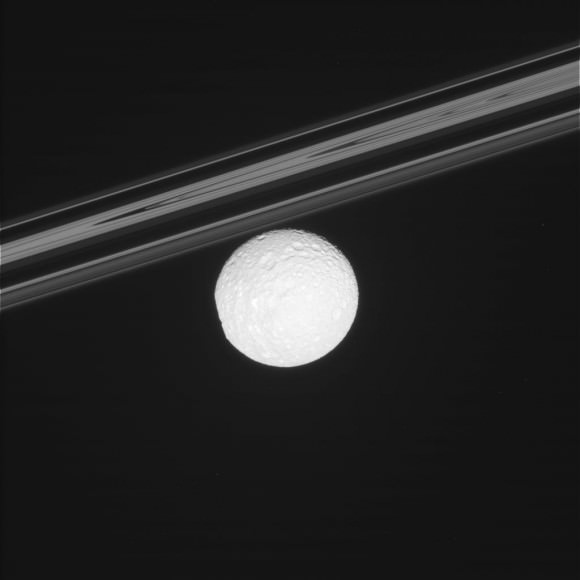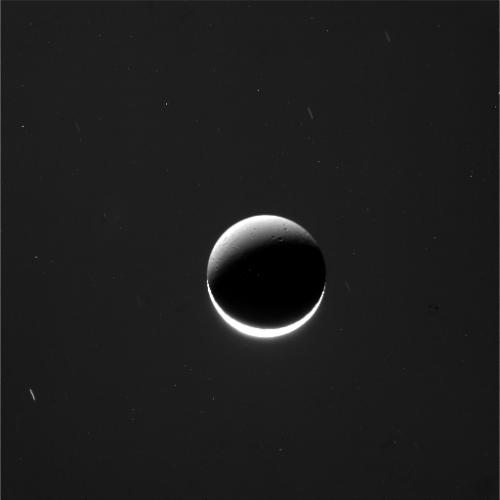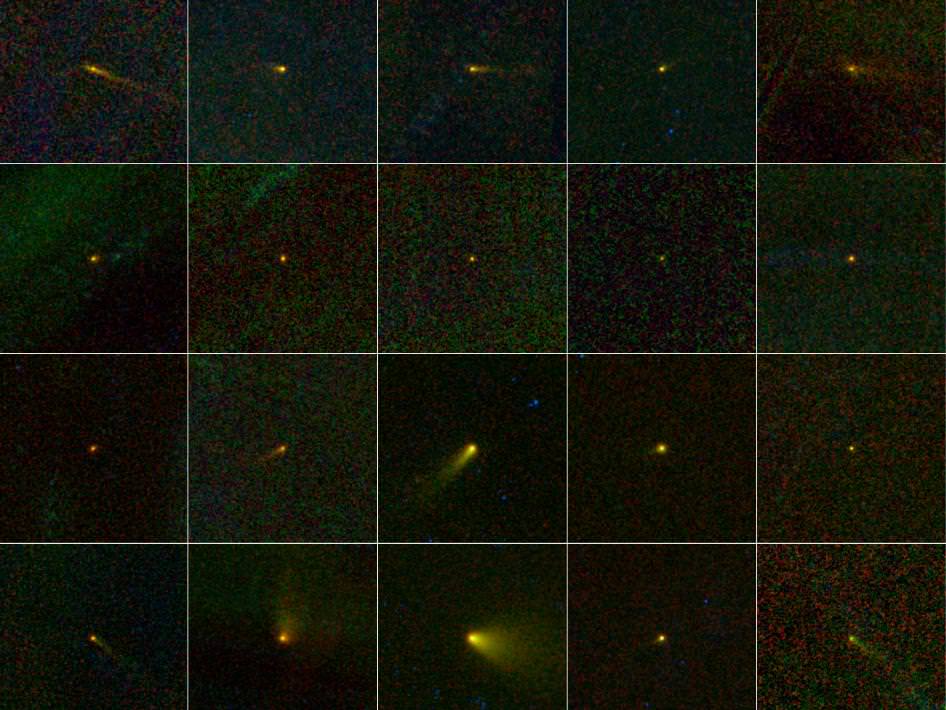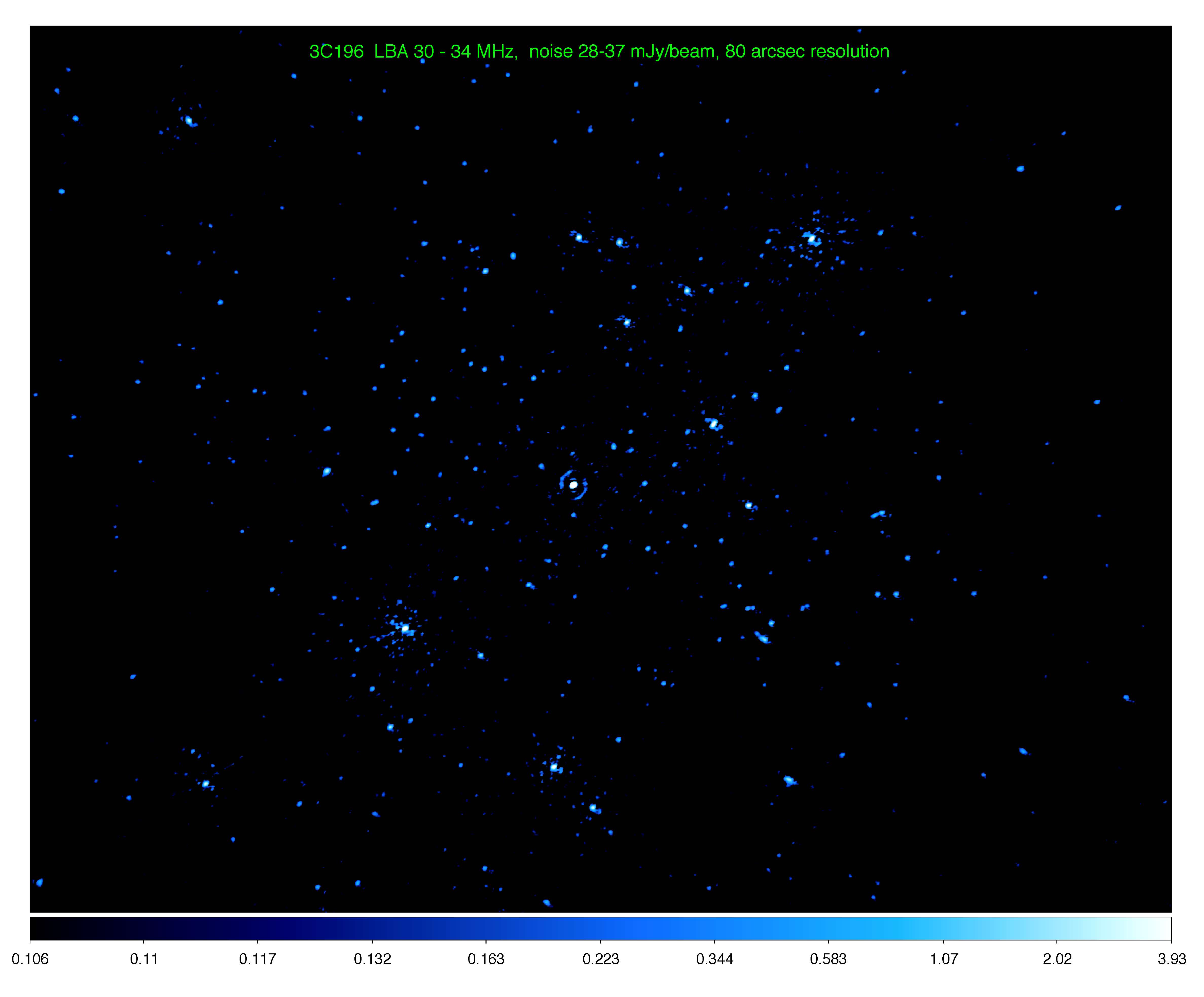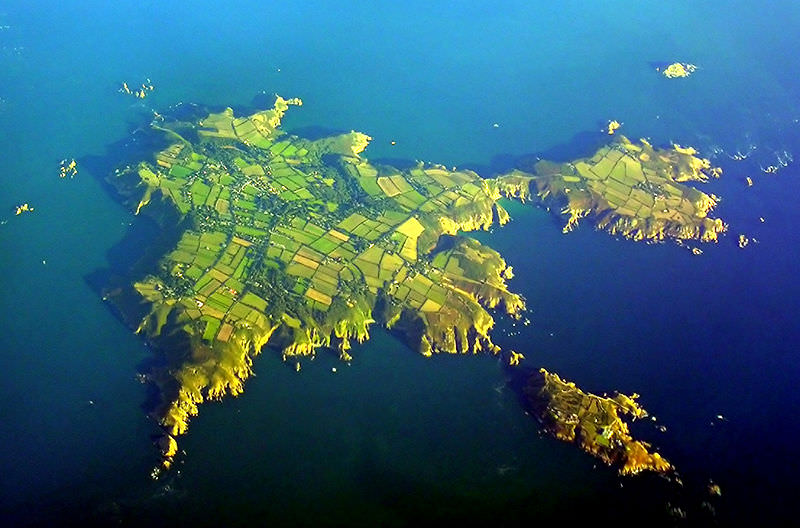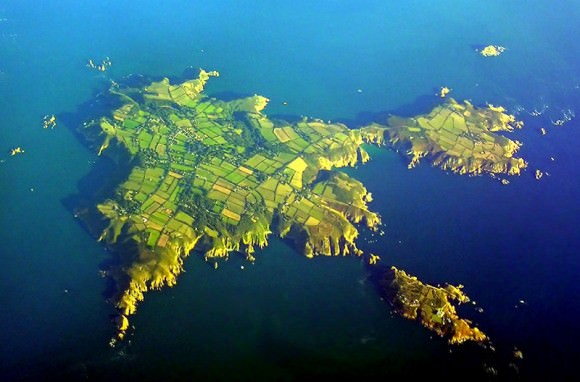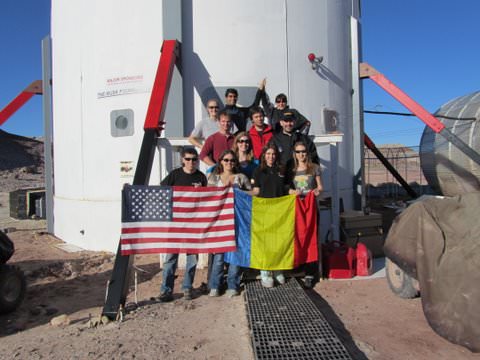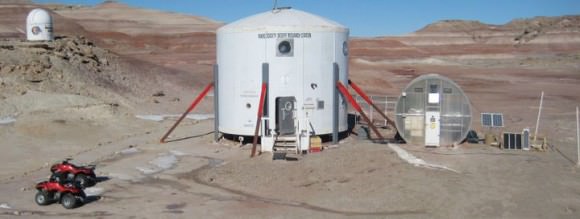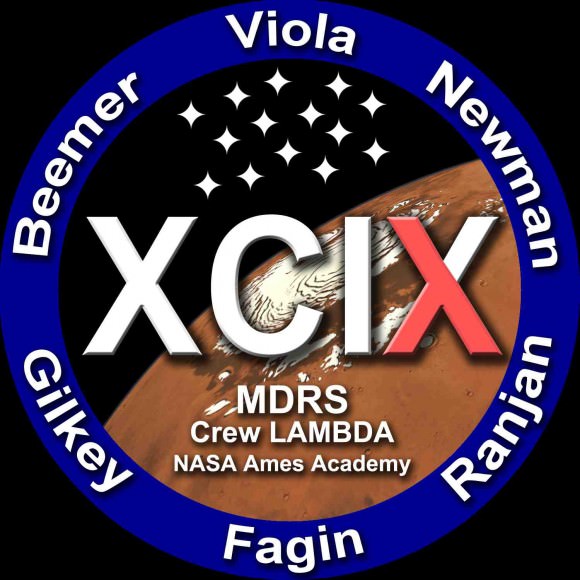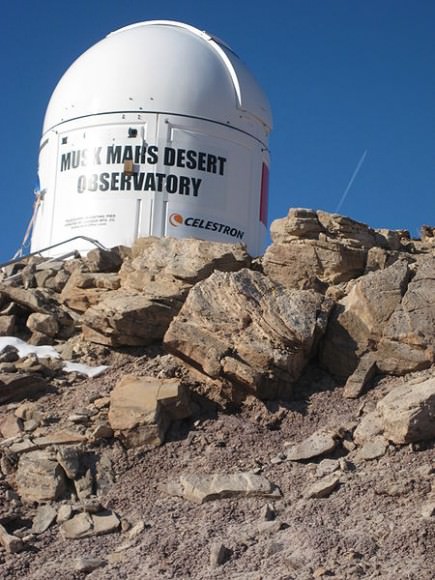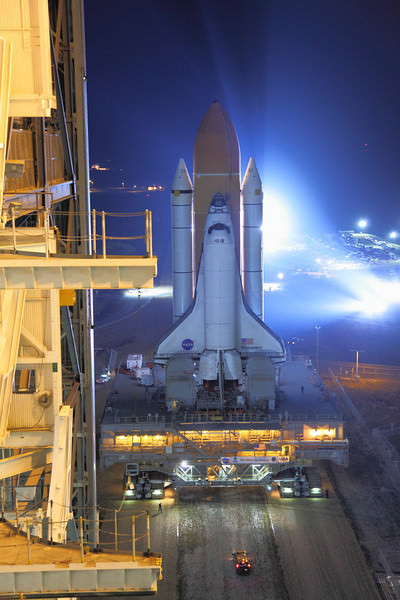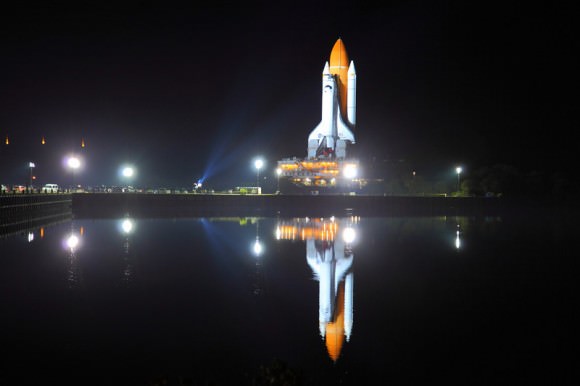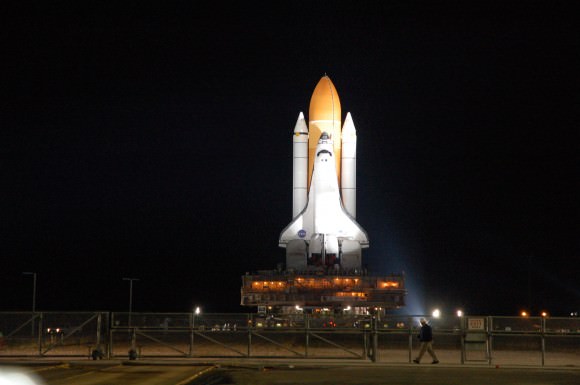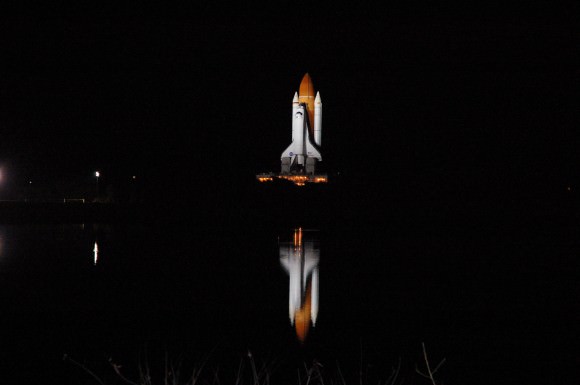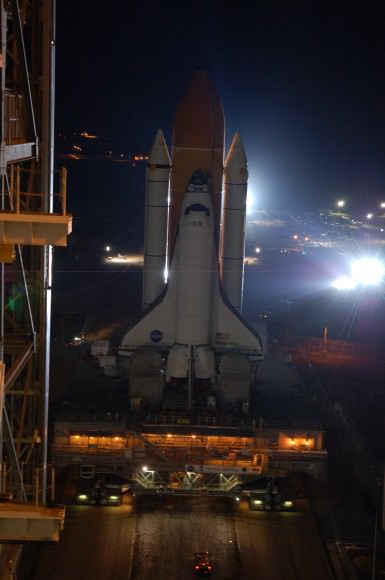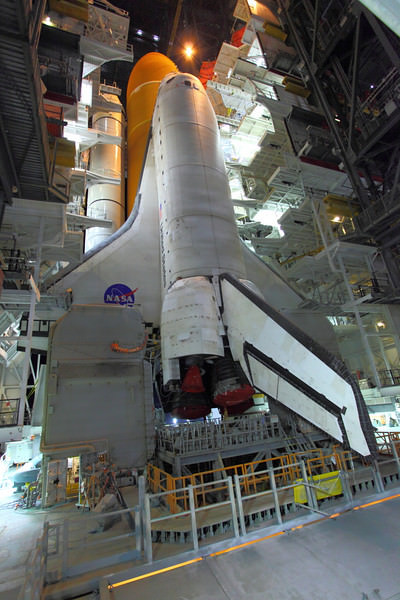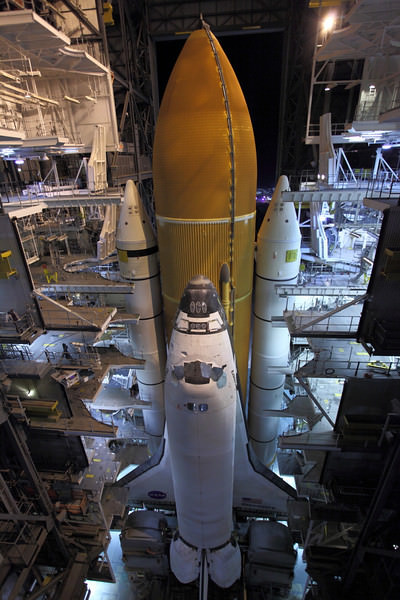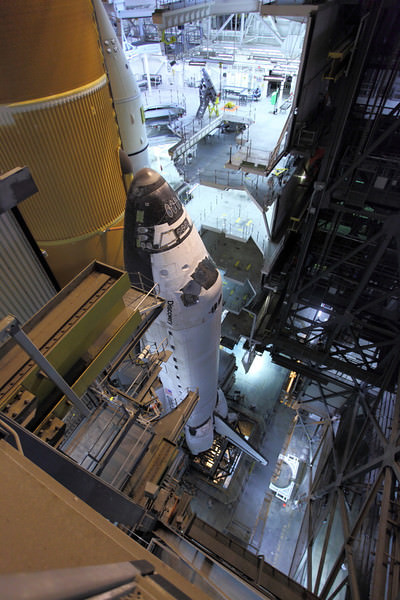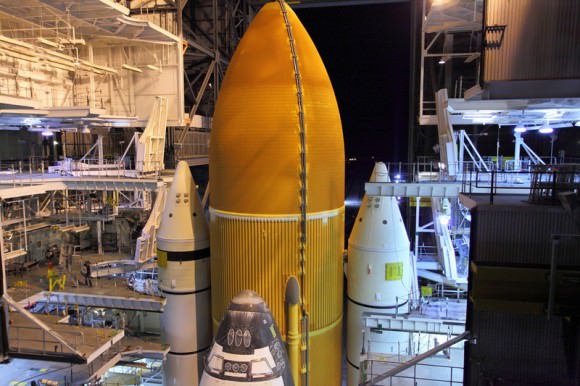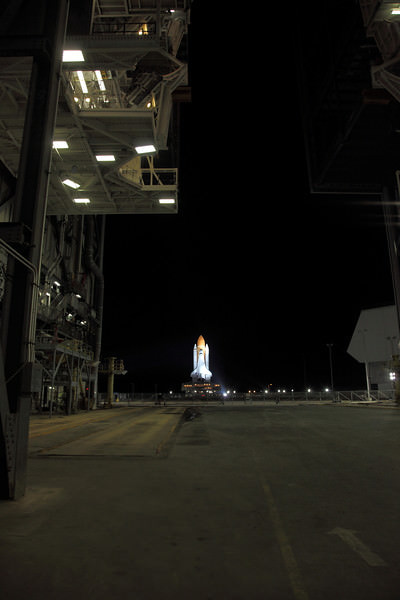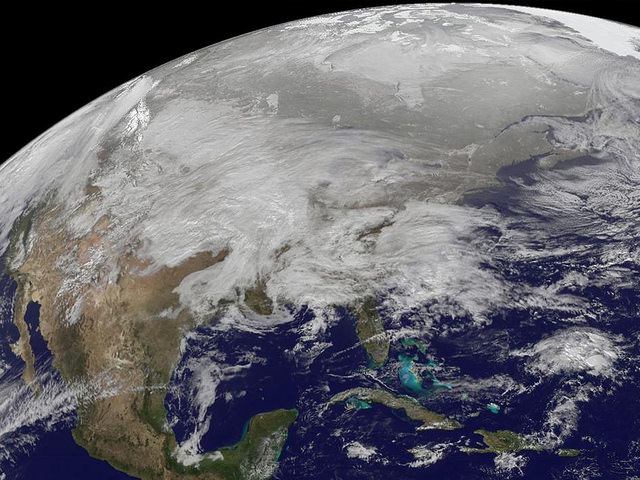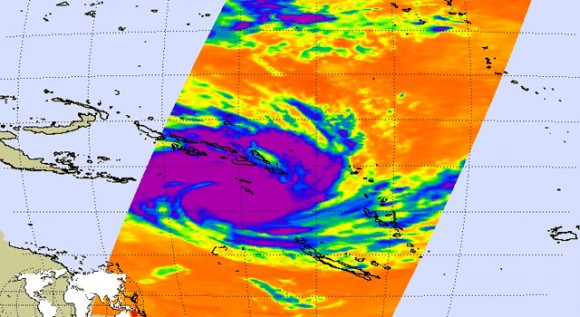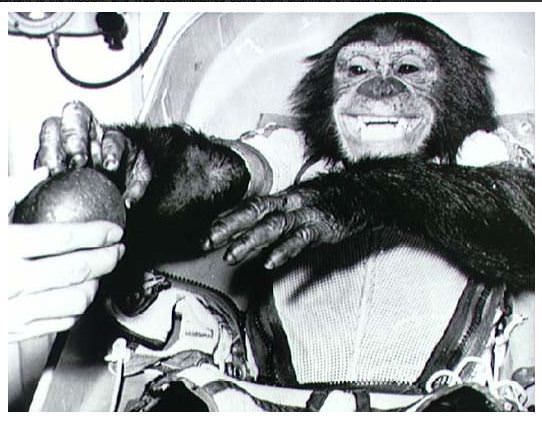[/caption]
What could be more eye-catching than a picture perfect pure disk galaxy? In itself it is untouched – not yet combined with a neighboring elliptical or rouge spiral. This is the way we dream of seeing a distant companion… a virgin galaxy awaiting further growth. In a Universe dominated by clusters of galaxies and violent collisions, just how often does a thin, flat plate of stars occur?
According to the ESO Press Release, NGC 3621 is a spiral galaxy about 22 million light-years away in the constellation of Hydra (The Sea Snake). It is comparatively bright and can be seen well in moderate-sized telescopes. This picture was taken using the Wide Field Imager on the MPG/ESO 2.2-metre telescope at ESO’s La Silla Observatory in Chile. The data were selected from the ESO archive by Joe DePasquale as part of the Hidden Treasures competition. Joe’s picture of NGC 3621 was ranked fourth in the competition.
This galaxy has a flat pancake shape, indicating that it hasn’t yet come face to face with another galaxy as such a galactic collision would have disturbed the thin disc of stars, creating a small bulge in its center. Most astronomers think that galaxies grow by merging with other galaxies, in a process called hierarchical galaxy formation. Over time, this should create large bulges in the centers of spirals. Recent research, however, has suggested that bulgeless, or pure-disc, spiral galaxies like NGC 3621 are actually fairly common. But just how common?
This galaxy is of further interest to astronomers because its relative proximity allows them to study a wide range of astronomical objects within it, including stellar nurseries, dust clouds, and pulsating stars called Cepheid variables, which astronomers use as distance markers in the Universe. In the late 1990s, NGC 3621 was one of 18 galaxies selected for a Key Project of the Hubble Space Telescope: to observe Cepheid variables and measure the rate of expansion of the Universe to a higher accuracy than had been possible before. In the successful project, 69 Cepheid variables were observed in this galaxy alone.
This sequence gives a close-up view of the spiral galaxy NGC 3621. This picture was taken using the Wide Field Imager (WFI) at ESO’s La Silla Observatory in Chile. NGC 3621 is about 22 million light-years away in the constellation of Hydra (The Sea Snake). It is comparatively bright and can be well seen in moderate-sized telescopes. The data from the Wide Field Imager on the MPG/ESO 2.2-metre telescope at ESO’s La Silla Observatory in Chile used to make this image were selected from the ESO archive by Joe DePasquale as part of the Hidden Treasures competition.
One of the fascinating things in viewing this image (for me, at least) is seeing all the star-forming regions on the periphery of the galaxy itself. It reminds me of the NGC objects we see in both M31 and M33 (another pure disk galaxy, too). While smaller backyard telescopes are never going to be able to resolve these kinds of details, I can’t help but wonder what larger, professional level equipment can do on a visual level. While I’m at it, my mind also wonders about what we’ve learned recently of the reliability of Cepheid variables as indicators of distance, too. Is this the end all of information? Nah. Because we’re living in a “pure disk” galaxy. Yeah. You heard me right… The Milky Way fits the model, too!
According to a study done by Juntai Shen (Shanghai Astronomical Observatory), et al: “Bulges are commonly believed to form in the dynamical violence of galaxy collisions and mergers. Here we model the stellar kinematics of the Bulge Radial Velocity Assay (BRAVA), and find no sign that the Milky Way contains a classical bulge formed by scrambling pre-existing disks of stars in major mergers. Rather, the bulge appears to be a bar, seen somewhat end-on, as hinted from its asymmetric boxy shape. We construct a simple but realistic N-body model of the Galaxy that self-consistently develops a bar. The bar immediately buckles and thickens in the vertical direction. As seen from the Sun, the result resembles the boxy bulge of our Galaxy. The model fits the BRAVA stellar kinematic data covering the whole bulge strikingly well with no need for a merger-made classical bulge. The bar in our best fit model has a half-length of ~ 4kpc and extends 20 degrees from the Sun-Galactic Center line. We use the new kinematic constraints to show that any classical bulge contribution cannot be larger than ~ 8% of the disk mass. Thus the Galactic bulge is a part of the disk and not a separate component made in a prior merger. Giant, pure-disk galaxies like our own present a major challenge to the standard picture in which galaxy formation is dominated by hierarchical clustering and galaxy mergers.”
Move over, NGC 3621… We’re both commoners.
Many thanks to the European Southern Observatory (ESO) for providing the press release and awesome images!

